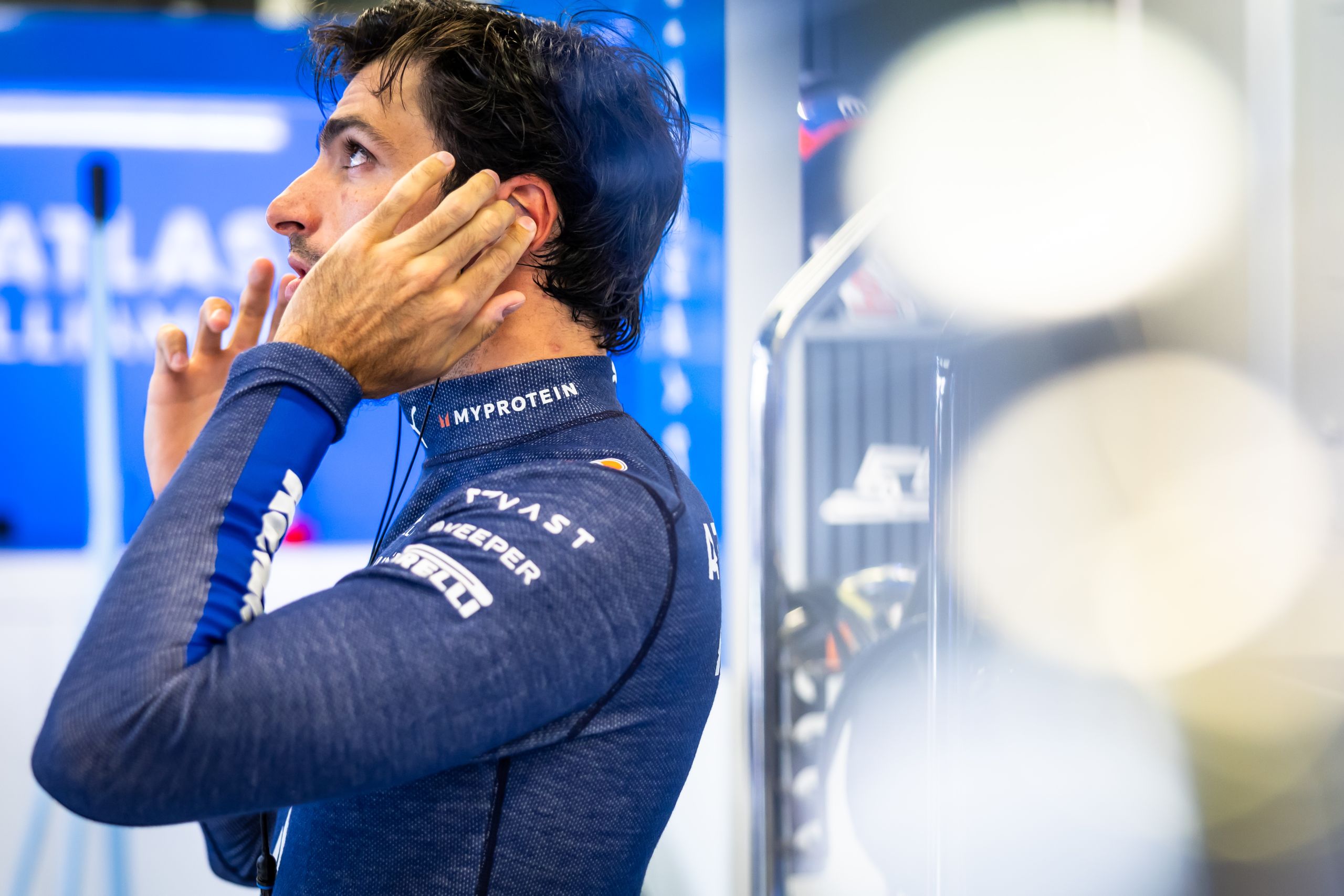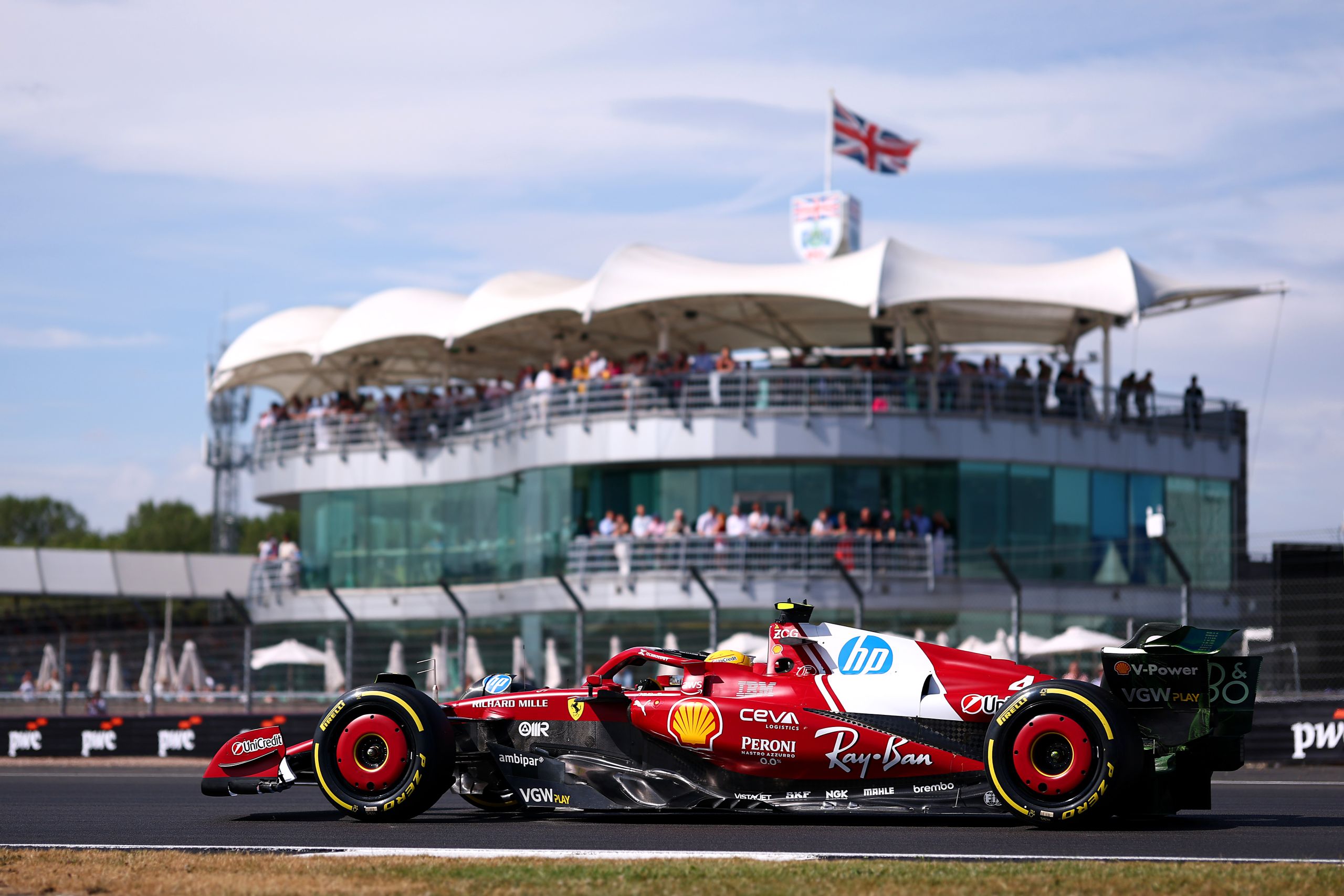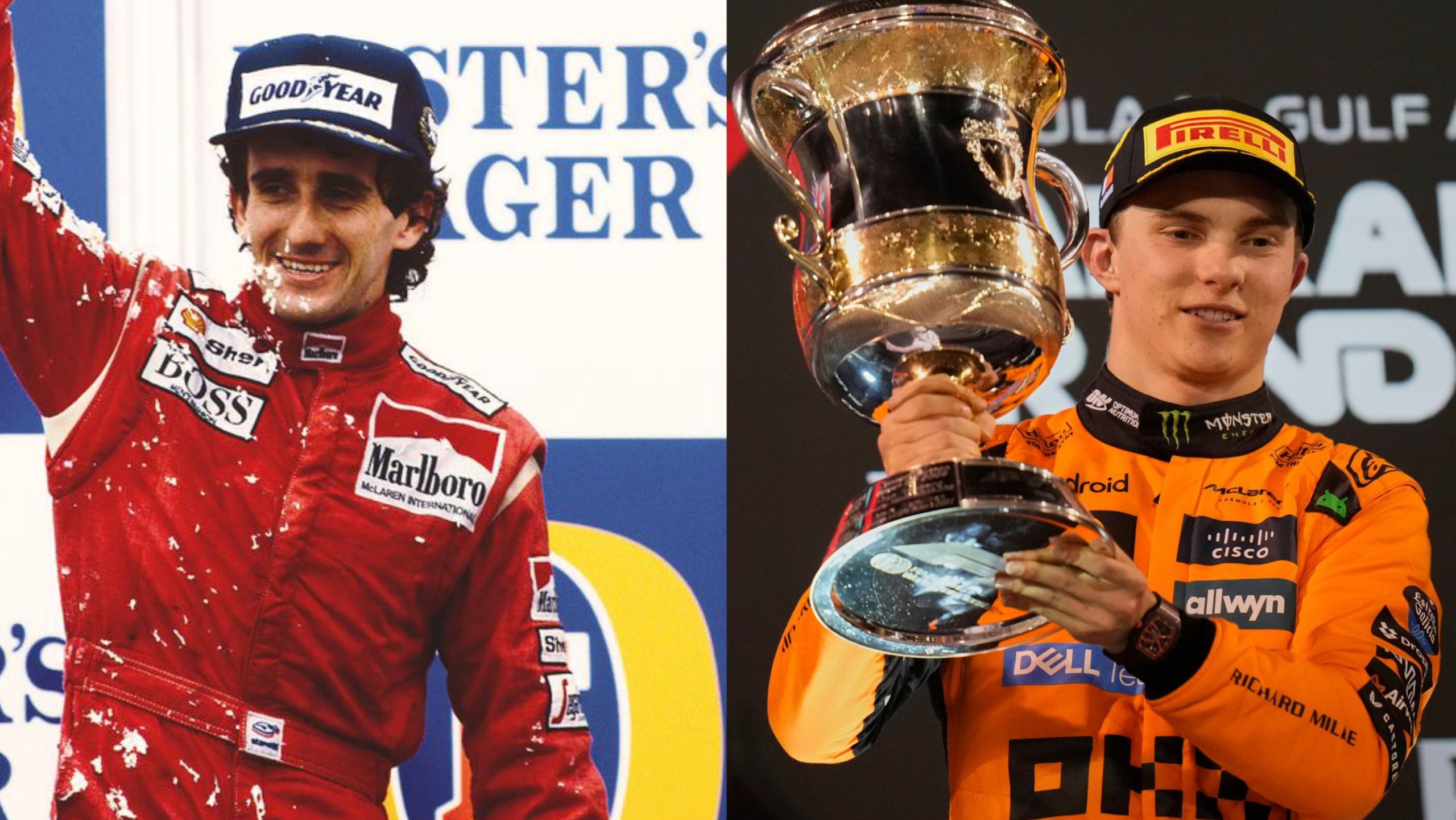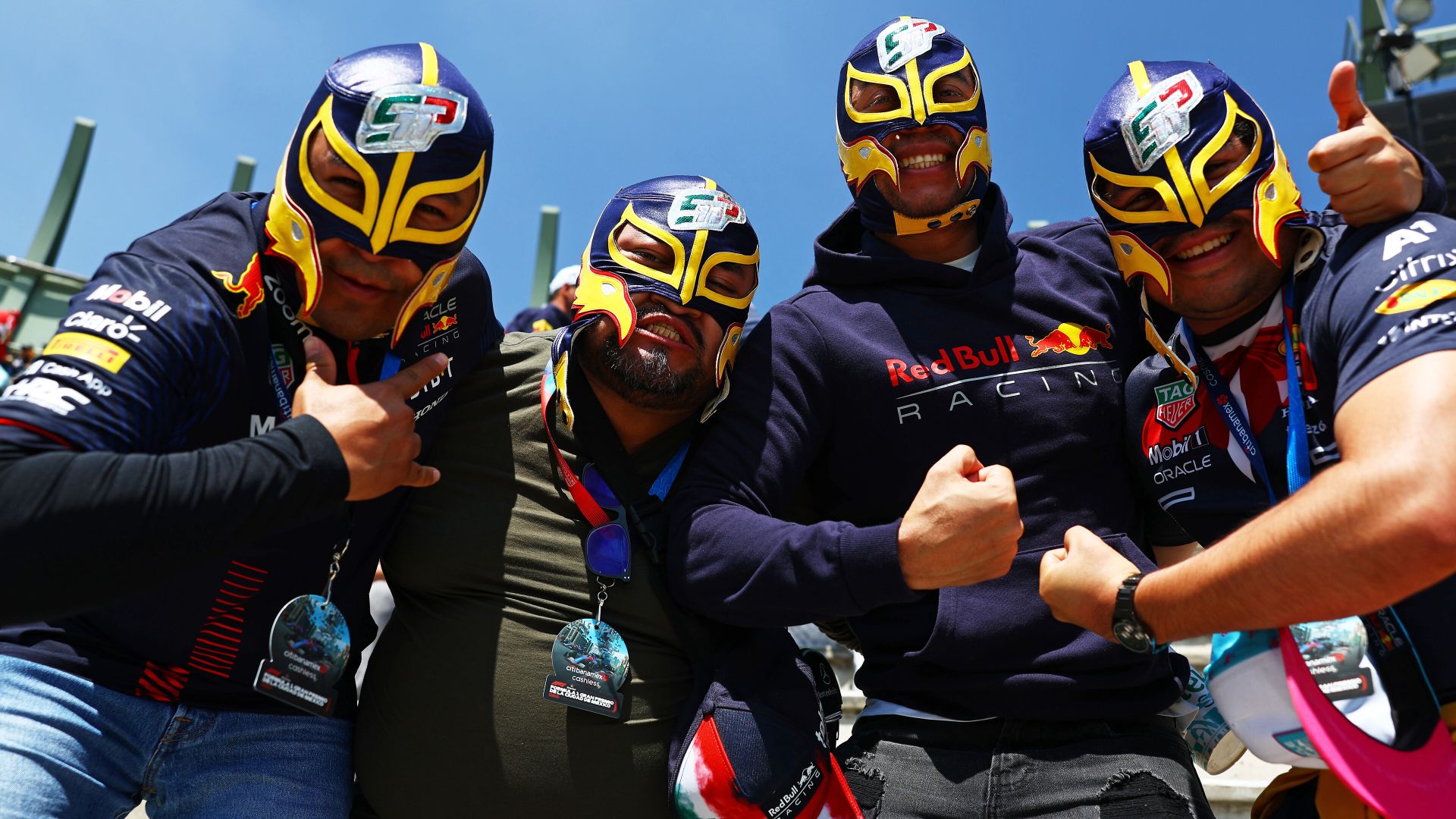
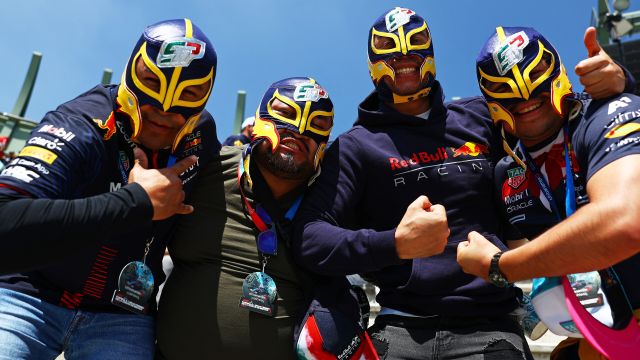
The second stop on Formula 1’s long trip to the Americas takes place in the Mexican capital, Mexico City, before the circus moves onto Sao Paulo to end the run of three consecutive races. At the circuit named in honour of the brothers, Pedro and Ricardo Rodriguez, the available tyres are the C3 as Hard, the C4 as Medium and the C5 as Soft, a step softer than in the past, as was already the case last year, the decision taken in order to open up more strategic options for the race.
The first day of track action, Friday 25 October, will be slightly different to usual. The second free practice session will be entirely given over to validating the softer compounds in Pirelli’s 2025 range (C4, C5 and C6) in what is known as an in-competition test. The session is extended by 30 minutes to 90 and all drivers and teams will have to follow a specific programme established by the Pirelli engineers. Apart from the dry tyre allocation specifically for the Grand Prix (two sets of Hard, three of Medium and seven of Soft, one less than usual), each driver will have two additional sets of tyres: one will be identical to the one available for the weekend, to act as a baseline, while the other will be a 2025 prototype option, both in terms of compound and of construction – actually the latter already homologated back in September.
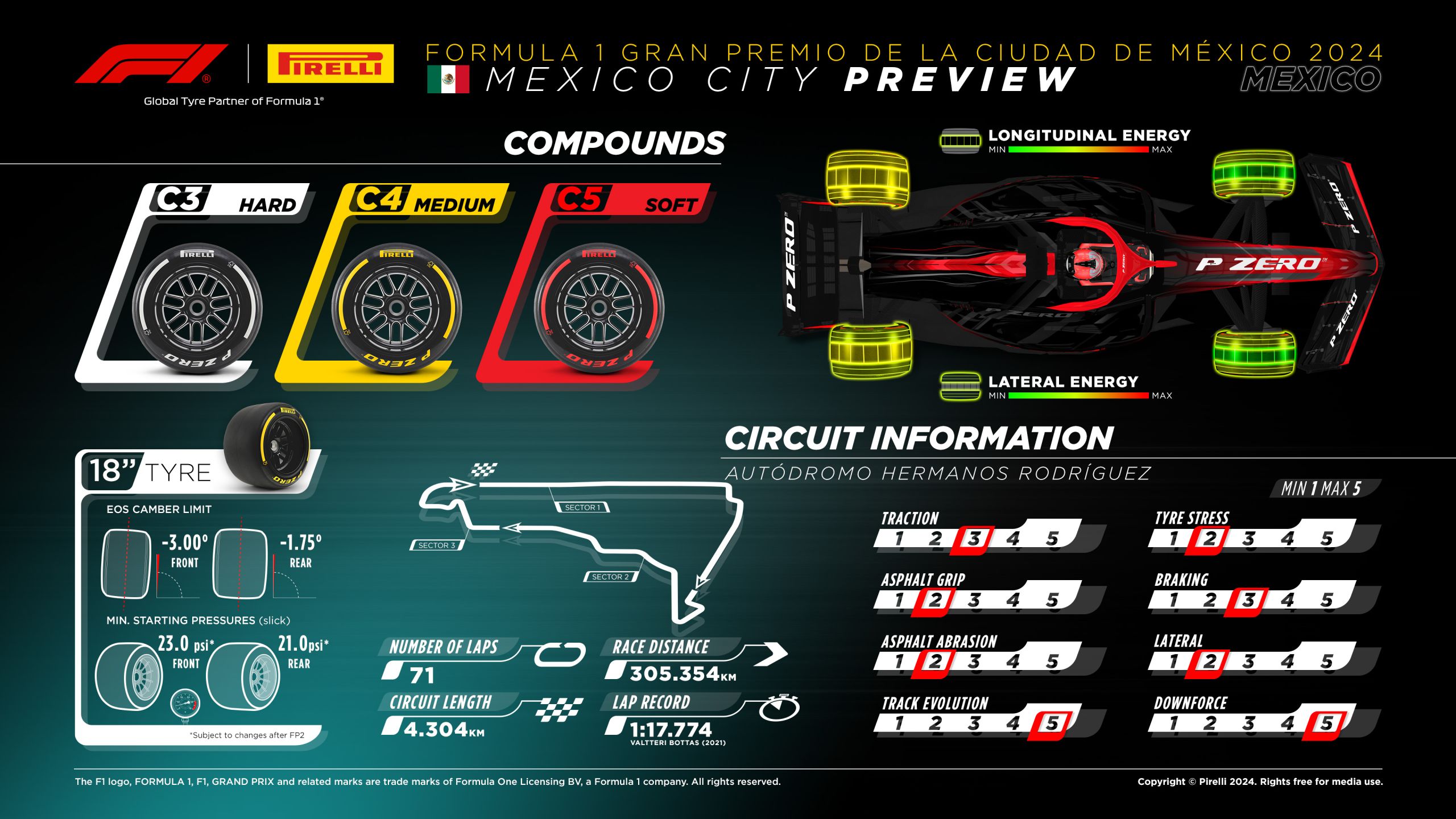
These two sets will not have any sidewall colour bands. The plan is for the programme to include a performance run and a long run for each set, with every team running the same number of laps with the same quantity of fuel on board, dependent on the type of run. The only exception will be in the case of a regular race driver being replaced for FP1 by a young driver. These race drivers will carry out the Pirelli test for 60 minutes of FP2 only and will have an additional set of Medium compound tyres to catch up as much as possible on acquiring data for the rest of the weekend. All the test data will then be analysed by Pirelli engineers to fine tune the characteristics of the compounds prior to the group test in Abu Dhabi, which starts on the Tuesday after the final round of the 2024 championship. It means that teams will have to prepare their cars for qualifying and the race in the space of two hours: FP1 on Friday and FP3 on Saturday.
The Hermanos Rodriguez track is 4.304 km long, with 17 corners and a surface that is low in terms of its severity on tyres. This year the promoter has resurfaced the section between turns 12 and 15 in the third sector. The very smooth asphalt and the fact the track is hardly used means that grip levels are rather low at the start of the weekend and track evolution is very marked, rubbering in the more the cars run.
Mexico City is located at over 2000 metres above sea level and the rarified air has an influence on car performance, reducing the aerodynamic downforce generated by the cars. One of the consequences of this is that top speeds reached are very high, despite a configuration that actually looks typical of tracks that require maximum downforce – the speed record was set here in 2016 when Valtteri Bottas in the Williams-Mercedes was clocked at 372.5 km/h – even if the level of graining is usually quite high. Furthermore, on the longest straights, the main one and the one between turns 3 and 4, the surface temperature of the tyres tends to drop pretty quickly and the drivers have to be very careful when braking, especially at turn 1, to avoid locking the wheels and therefore damaging the tyres.
In terms of strategy, this is usually a one-stop race. Last year, the majority of drivers tried to manage the Medium to lengthen the first stint as much as possible. A Safety Car and a later red flag, after Kevin Magnussen went off the track in the Haas, meant that nearly the entire field used three sets of tyres in a race that was pretty much divided in two.
Formula 1 has always been very popular in Mexico, even if there have only ever been 23 championship races held here, all of them at this circuit in the capital city, inaugurated in 1962. The races took place in three periods: from 1963 to 1970, from 1986 to 1992 and from 2015 onwards. A change of name in 2021 saw the Mexican Grand Prix renamed after the city.
There have been 15 different winners over the 23 editions of this race. Max Verstappen is the most successful driver with five wins, with his Red Bull team on the same number heading the teams’ classification. Jim Clark has started from pole the most often (four times) while Lewis Hamilton has the most podium finishes with six. Of the constructors, Lotus on 6 has the most poles and Ferrari leads the way for podium finishes with 12.
How to Watch the 2024 Mexican Grand Prix
Formula 1 fans around the globe can catch all the action from the Mexican Grand Prix through various broadcasters and streaming services.
In the United Kingdom, viewers can watch every session live on Sky Sports F1, with comprehensive coverage of the practice sessions, qualifying, and the race itself.
For fans in the United States, the Mexican Grand Prix will be available through ESPN and its associated channels. ESPN offers extensive coverage of F1, including live broadcasts and replays. Cord-cutters can also stream the race live through various over-the-top (OTT) services that carry ESPN channels.
Viewers in Australia can tune in to watch the Grand Prix weekend unfold live on Fox Sports, which offers complete coverage of F1 races. For online streaming, fans can subscribe to Kayo Sports, a streaming platform that includes all Fox Sports content.
Additionally, F1 TV Pro offers live streaming of every track session to viewers in many countries worldwide.
No Place Like Home For Sergio Perez
With a pair of third-place finishes in Mexico, Sergio Perez is looking forward to putting recent results behind him as he tries to break through for a win in front of his home fans.
‘Mexico is the biggest weekend of the season for me and every year it seems to get bigger. Even in Austin I felt like I was at home, so I think this week might be a little crazy! The important thing is to be able to shut out the noise off track and focus on the job in hand. Ultimately, the special thing for me would be to deliver another podium for my fans and my country, at home. The car was coming to us a little over the weekend in the US, but there’s still a lot we need to understand. I was struggling a little with balance and we need to iron out those issues to be competitive on a very different track in Mexico City. I will do everything I can to make my country smile come Sunday evening,’ said Perez.
Mexican Grand Prix: Fast facts
- The Autódromo Hermanos Rodríguez is the third-shortest circuit on the 2024 F1 calendar, at just 4.304 km (behind only Zandvoort and Monaco).
- The track has the longest run from pole position to the first braking zone of any on the 2024 F1 calendar (767m) and almost 10 seconds of the 1.2-kilometre-long straight are taken at full throttle.
- Because of the high altitude and the low air density in Mexico City, the air is incredibly thin (meaning there are less molecules around) and transports less energy away from hot systems like the Power Unit and brakes.
- The nature of the circuit means drivers make only 35 gear changes per lap, the lowest number of the season.
- The ambient pressure is the lowest of the season by far. At 780mb, the oxygen levels are 78% of what they are at sea level, and this has a big impact on different areas of a Formula One car, such as Power Unit performance and downforce.
- Because you can run a Monaco wing level but experience Monza levels of downforce, top speeds in Mexico are some of the highest of the season, where the cars can achieve 346 km/h (or more with a tow). Only Vegas is higher.
- The Power Unit is one of the most affected systems on the car by the high altitude, with a decent drop in engine power due to the thin air. The turbocharger makes up for some of the power loss, but has to work much harder than it would in normal conditions.
- Lewis Hamilton clinched his fourth (2017) and fifth (2018) World Drivers’ Championship at this circuit.
- Sergio Perez is the most successful Mexican driver in Formula 1 history with six career wins which trebles the amount of wins by every other Mexican driver combined.
- Max Verstappen has five race victories in Mexico City which makes the Autodromo Hermanos Rodriguez his joint-most successful race track, tied with Red Bull Ring.
- Perez is the only Mexican driver to start on pole in his home country and is also the only Mexican to finish on the podium, doing so twice in 2021 and 2022.
- Verstappen has won the last three Grand Prix in Mexico, all of which came with a winning margin of over 13 seconds.


